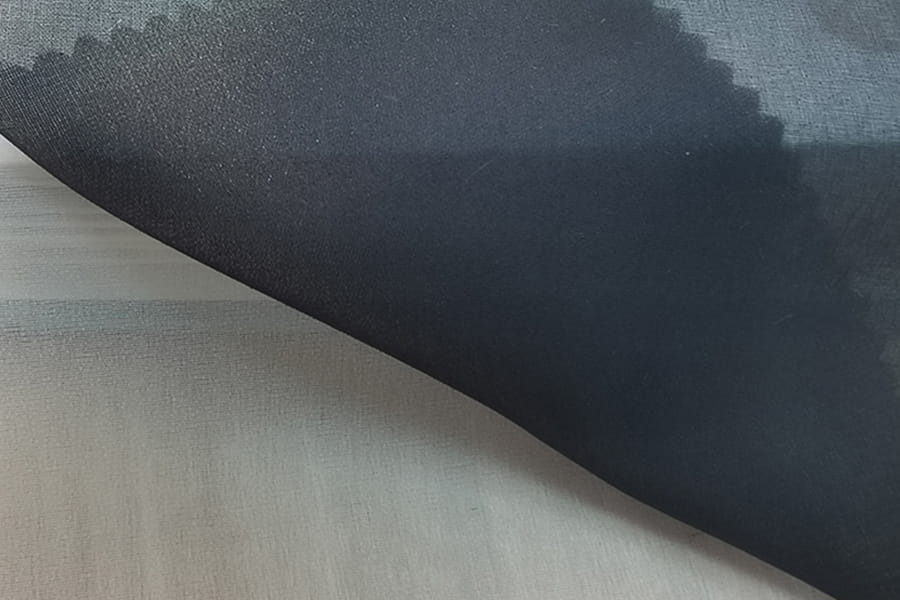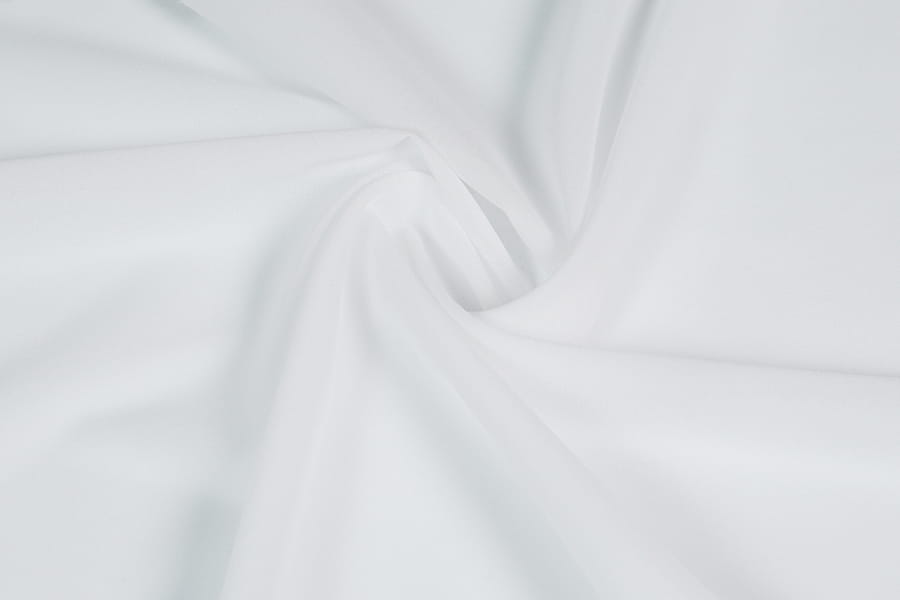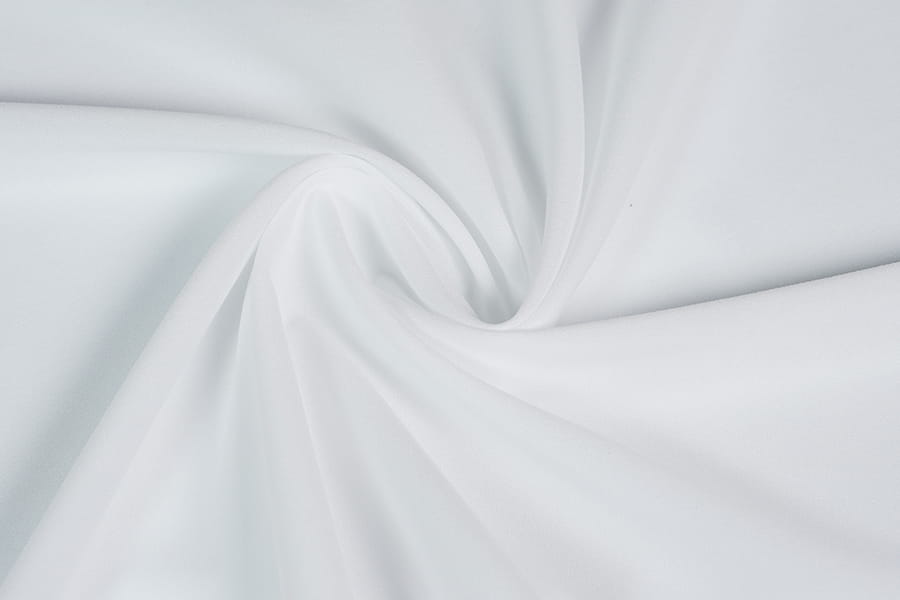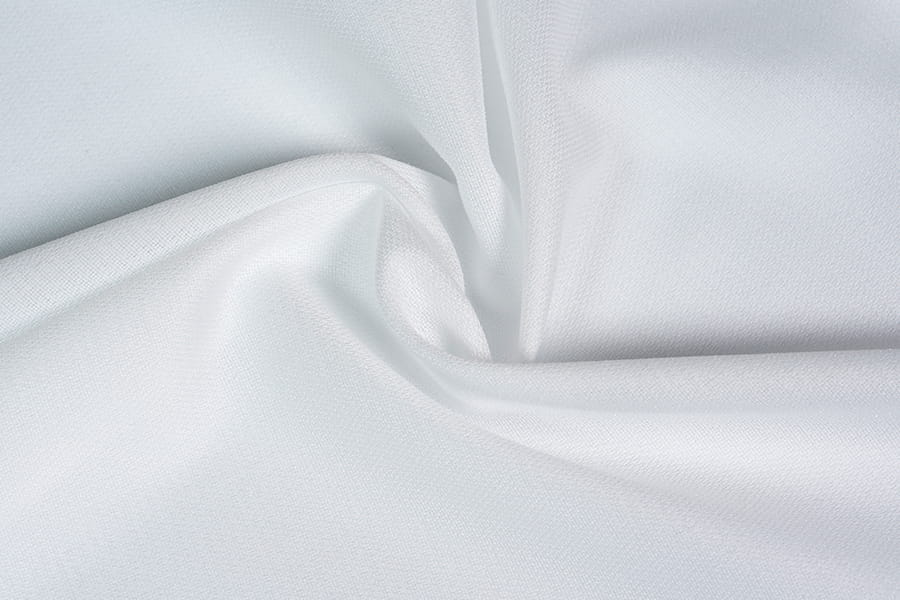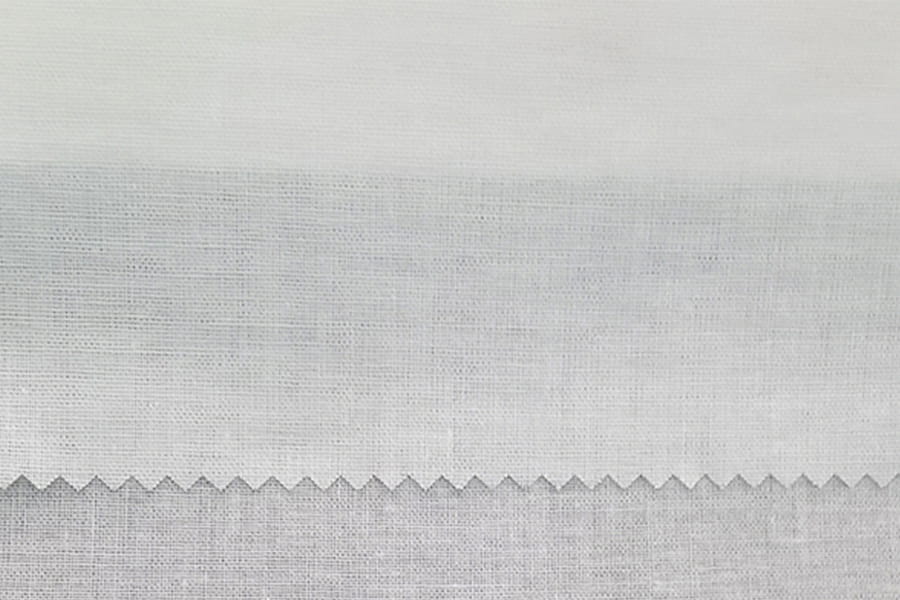Introduction
Lining fabrics, although hidden beneath the outer layer of a garment, play a critical role in both the comfort and durability of clothing. Many people overlook linings, thinking they are just decorative, but the truth is that the right lining can enhance the feel, fit, and longevity of a garment. Choosing unsuitable linings may lead to discomfort, restricted movement, or even premature wear and tear of the garment.
1. Comfort: The Role of Lining Fabrics
Linings can significantly affect how a garment feels against the skin, especially for garments that are worn for extended periods.
Softness and Skin Feel
One of the most obvious ways linings affect comfort is through texture. Fabrics like silk, satin, or viscose provide a smooth surface that reduces friction between the skin and the garment. This is particularly important for formal jackets, coats, and suits, where rough seams or fabrics might otherwise irritate the wearer.
Breathability
Comfort also depends on air circulation. Natural fibers such as cotton or rayon allow air to pass through, preventing overheating and keeping the wearer cool. For lightweight summer dresses or blouses, breathable linings are essential to prevent sweating and discomfort.
Moisture Management
Linings can act as a moisture barrier or wick, absorbing sweat and transferring it away from the body. This is especially valuable in activewear, outerwear, and jackets, where synthetic fabrics without linings may trap moisture, causing a clammy feeling. Proper lining can therefore improve overall comfort, especially in humid or active environments.
2. Durability: How Linings Protect Garments
Beyond comfort, linings also enhance the lifespan of garments by protecting the outer fabric from wear and maintaining the garment’s shape.
Structural Support
Linings add reinforcement to delicate fabrics. For example, lightweight silks or chiffons can easily stretch or deform. A lining can provide support, ensuring that the garment maintains its shape over time.
Reducing Wear and Tear
By acting as a buffer between the outer fabric and the skin, linings reduce friction that would otherwise damage the garment. This is particularly important in jackets, coats, and trousers, where constant movement can cause seams to weaken or fabric to pill.
Ease of Maintenance
Linings help garments retain their shape during washing or dry cleaning. Without a lining, fabrics may shrink, stretch, or wrinkle excessively. Proper lining selection ensures garments last longer and maintain their intended silhouette.
3. Choosing the Right Lining Fabric
Selecting the right lining depends on the type of garment and the desired balance between comfort and durability.
For Heavy Garments
For coats, jackets, or structured suits, linings such as wool blends, polyester, or acetate provide warmth, durability, and shape retention. Heavy garments benefit from linings that add stability without excessive bulk.
For Summer Wear
Lightweight garments such as dresses and blouses require breathable linings. Fabrics like cotton, viscose, or bamboo fiber allow air circulation and prevent overheating while still offering a smooth feel against the skin.
For Luxury Garments
High-end garments often use silk or satin linings for comfort and elegance. While luxurious, these fabrics may require more careful maintenance, including gentle hand washing or dry cleaning, to maintain their appearance and functionality.
4. Common Mistakes to Avoid
Choosing the wrong lining fabric can lead to discomfort or damage.
Using Heavy Linings for Lightweight Fabrics
Applying thick linings to lightweight fabrics such as chiffon or georgette can cause stiffness and restrict movement. The garment may also hang awkwardly, impacting its overall appearance.
Non-Breathable Linings for Warm Weather
Synthetic linings that do not allow airflow can make summer garments hot and uncomfortable. Selecting breathable materials is key for comfort, especially in casual or active wear.
5.Comparison of Common Lining Fabrics
Below is a table comparing some popular lining fabrics based on comfort, durability, and suitability:
| Lining Fabric | Comfort | Durability | Best For |
| Silk | Very soft, smooth | Moderate, delicate | Luxury garments, suits, dresses |
| Satin | Smooth, elegant feel | Moderate, may snag | Evening wear, jackets |
| Cotton | Breathable, soft | High, washable | Casual wear, summer dresses |
| Polyester | Moderate, smooth | High, durable | Coats, jackets, budget-friendly garments |
| Viscose/Rayon | Soft, breathable | Moderate | Lightweight dresses, blouses |

 English
English 中文简体
中文简体 русский
русский Español
Español